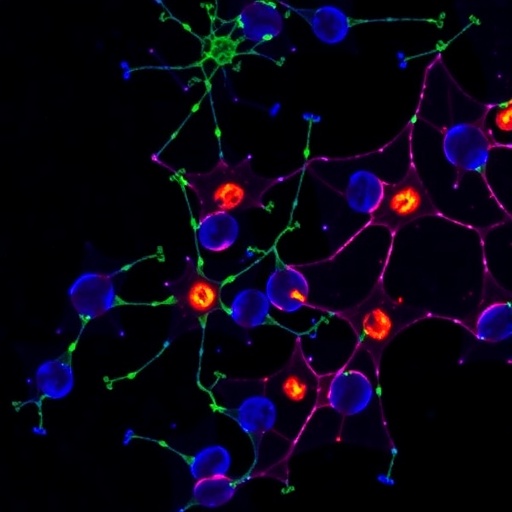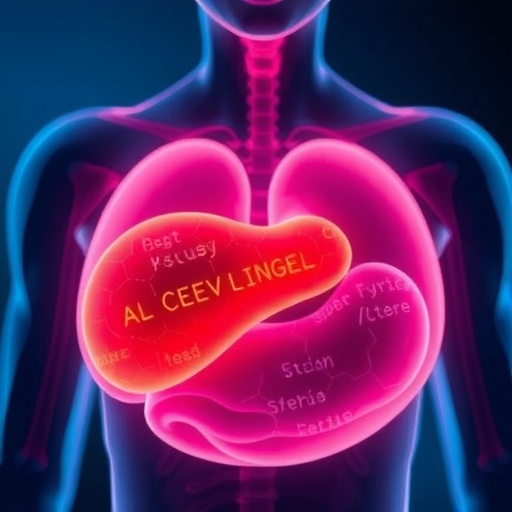The National Academy of Engineering and Ohio University announced today that the 2019 Fritz J. and Dolores H. Russ Prize will be given to Julio Palmaz, Leonard Pinchuk, Richard Schatz, John Simpson, and Paul Yock
Jan. 3, 2019
Washington- The National Academy of Engineering and Ohio University announced today that the 2019 Fritz J. and Dolores H. Russ Prize will be given to Julio Palmaz, Leonard Pinchuk, John Simpson, Richard Schatz, and Paul Yock for innovations leading to the widespread adoption of percutaneous coronary intervention (PCI), previously known as angioplasty with stent or coronary angioplasty. The $500,000 biennial prize, which recognizes a bioengineering achievement that significantly improves the human condition, cites PCI for “seminal contributions to coronary angioplasty, enabling minimally invasive treatment of advanced coronary artery disease.”
The Russ Prize will be presented at a gala dinner event in Washington, D.C., on Feb. 20, 2019. “The Russ Prize recipients personify engineering creations that advance health and healthcare every day,” said NAE President C. D. Mote, Jr. “The PCI makes a remarkable contribution to patient well-being, helping millions afflicted with advanced coronary artery disease and significant angina. ”
Percutaneous coronary intervention, also referred to as percutaneous transluminal coronary angioplasty (PTCA), is a minimally invasive procedure that uses a catheter to place a small structure called a stent to open up blood vessels in the heart that have been narrowed by plaque buildup. PCI improves blood flow, thus decreasing heart-related chest pain, making patients feel better and increasing their ability to be active. Ten of millions of patients have benefited from PCI worldwide, and this procedure has replaced or significantly delayed the need for open heart coronary bypass surgery.
Julio C. Palmaz, inventor of the first FDA-approved balloon-expandable vascular stent (1990), is Ashbel Smith Professor at the University of Texas Health Science Center in San Antonio and scientific adviser of Vactronix Scientific. The Palmaz stent is on display at the Smithsonian’s National Museum of American History in Washington, D.C. In 1994 he and Richard Schatz created a modified coronary stent — two Palmaz stents joined by a single connector — approved by the FDA as the first stent indicated for the treatment of failure of coronary balloon angioplasty. The Palmaz-Schatz stent became the gold standard for every subsequent stent submitted for FDA approval.
Leonard Pinchuk is an inventor and entrepreneur in biomedical engineering, with 128 U.S. patents and 90 publications. He has co-founded 10 companies where his major accomplishments include invention of the Nylon 12 angioplasty balloon, helical wire stent, modular stent-graft, a drug-eluting stent (TAXUS®), several biomaterials (Bionate and poly(styrene-block-isobutylene-block-styrene) [SIBS]), a novel glaucoma tube (InnFocus MicroShunt®), and the next generation intraocular lens. He is a Distinguished Research Professor of Biomedical Engineering at the University of Miami. John Simpson has helped revolutionize the field of cardiology through innovations that fundamentally altered how physicians treat cardiovascular disease. In 1981 he created a new catheter system for coronary angioplasty with an independently steerable guidewire in the central lumen of the balloon catheter, patented as the over-the-wire balloon angioplasty catheter. He now focuses his efforts on the treatment of vascular disease through the development of new technologies combined with a new approach to optical imaging.
Richard Schatz is research director of cardiovascular interventions at the Scripps Heart, Lung, and Vascular Center and director of gene and stem cell therapy. He is a recognized international expert in interventional cardiology and has published and lectured extensively. His seminal work in coronary stents spurred a revolution in the treatment of coronary artery disease–over 2 million of them are placed annually worldwide, with an immeasurable impact on relieving mortality and morbidity, improving patients’ lives, and reducing healthcare costs.
Paul Yock is the Martha Meier Weiland Professor of Medicine and founding co-chair of Stanford’s Department of Bioengineering, with a courtesy appointment in the Department of Mechanical Engineering. He is also founder and director of the Stanford Byers Center for Biodesign. He has authored over 300 peer-reviewed publications, chapters, and editorials and two textbooks, and holds over 50 U.S. patents. Yock is internationally known for his work in inventing, developing, and testing new devices, including the Rapid Exchange™ stenting and balloon angioplasty system, which is now the primary system in use worldwide. He also invented the fundamental approach to intravascular ultrasound imaging and founded Cardiovascular Imaging Systems (CVIS), later acquired by Boston Scientific.
###
The Russ Prize was established in 1999 with a multimillion dollar gift to Ohio University by alumnus and esteemed engineer Fritz Russ and his wife, Dolores. Awarded biennially, the prize recognizes bioengineering achievements worldwide that are in widespread use and have improved the human condition.
The mission of the NAE is to advance the well-being of the nation by promoting a vibrant engineering profession and by marshalling the expertise and insights of eminent engineers to provide independent advice to the federal government on matters involving engineering and technology. The NAE is part of the National Academies of Sciences, Engineering, and Medicine, an independent, nonprofit organization chartered by Congress to provide objective analysis and advice to the nation on matters of science, technology, and health.
Contacts:
Brandon Green
Communications/Media Specialist
202-334-2226
email [email protected]
Deborah M. Young
Program Officer
202-334-1266
e-mail [email protected]
Newsroom
Media Contact
Brandon Green
[email protected]
202-334-2226
http://www.




